|
Viltrox AF 16mm f/1.8 FE - Review / Test Report |
|
Lens Reviews -
Sony Alpha (Full Format)
|
 Review by Klaus Schroiff, published June 2023
Review by Klaus Schroiff, published June 2023
Introduction
Many of us know the problem - sometimes wide and fast just isn't wide and fast enough. And then there's the other problem - the wider and faster you go, the more you are entering stratospheric price levels. However, there might be a solution to these problems - meet the Viltrox AF 16mm f/1.8 FE, available in Sony E-mount and, soon, in Nikon Z-mount. Yes, there are wider and faster lenses, but the Viltrox lens keeps a nice balance by offering a little extra without going downright bonkers. And it does so without breaking your bank account at just 549 USD - that's less than half (!) of what you have to pay for Sony's own FE 14mm f/1.8 GM. With a weight of 550g, it isn't a burden in your bag either. This sounds too good to be true then? Let's find out.
 Viltrox didn't cut corners regarding the build quality of the AF 16mm f/1.8 FE. The lens barrel is made of metal, including the mount and the smoothly turning focus ring. Even the back part of the supplied petal-shaped lens hood has a metal ring instead of being all plastic. The length remains constant throughout the focus range. On top of that, it also features dust-proof sealings - 6 of them, to be precise. They also implemented a dedicated aperture ring which can be set to click or clickless mode. Moreover, there are 2 custom buttons (Fn1, Fn2) that can be configured on certain Sony cameras. Another interesting feature is the LCD display. It's not a first - we have seen this on Zeiss Batis lenses before - but this one shows some more information, including distance, focus distance limiter settings and the current aperture. A depth-of-field indicator would have been nice - possibly something for a firmware update (possible via a USB-C port)? Unlike some of its distant cousins, the Viltrox AF 16mm f/1.8 FE doesn't have a bulb-like front element, and it accepts 77mm front filters.
Viltrox didn't cut corners regarding the build quality of the AF 16mm f/1.8 FE. The lens barrel is made of metal, including the mount and the smoothly turning focus ring. Even the back part of the supplied petal-shaped lens hood has a metal ring instead of being all plastic. The length remains constant throughout the focus range. On top of that, it also features dust-proof sealings - 6 of them, to be precise. They also implemented a dedicated aperture ring which can be set to click or clickless mode. Moreover, there are 2 custom buttons (Fn1, Fn2) that can be configured on certain Sony cameras. Another interesting feature is the LCD display. It's not a first - we have seen this on Zeiss Batis lenses before - but this one shows some more information, including distance, focus distance limiter settings and the current aperture. A depth-of-field indicator would have been nice - possibly something for a firmware update (possible via a USB-C port)? Unlike some of its distant cousins, the Viltrox AF 16mm f/1.8 FE doesn't have a bulb-like front element, and it accepts 77mm front filters.
 Some of the other Chinese players are still struggling to source autofocus motors for their lenses, but Viltrox solved this quite a while ago already. The lens has a noiseless stepping motor (STM) which is reasonably fast. As usual, manual focusing works "by-wire," which is well implemented. Focus breathing is all but absent, so that's good news for videos.
Some of the other Chinese players are still struggling to source autofocus motors for their lenses, but Viltrox solved this quite a while ago already. The lens has a noiseless stepping motor (STM) which is reasonably fast. As usual, manual focusing works "by-wire," which is well implemented. Focus breathing is all but absent, so that's good news for videos.
| Specifications |
|---|
| Optical construction | 15 elements in 12 groups, incl. 4xED and 3 aspherical elements |
| Number of aperture blades | 9 |
| min. focus distance | 0.27m (max. 1:10 magnification) |
| Dimensions | φ85.2x103mm |
| Weight | 550g |
| Filter size | 77mm |
| Hood | petal-shaped (bayonet mount, supplied) |
| Available Mounts | Sony FE, Nikon Z (soon) |
| Other features | LCD display, 2 custom buttons, clickless aperture mode, dust-sealing, aperture ring |
Distortions
One of the really surprising aspects of the Viltrox AF 16mm f/1.8 FE, and there are a couple, is the distortion characteristic. Namely, it's basically distortion-free - even in RAW images. Auto-correction with its lossy side effects isn't needed.
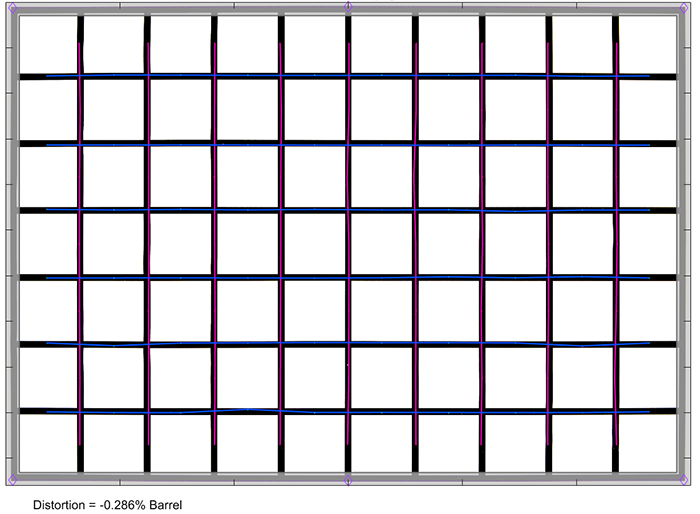
Vignetting
Ultra-wide lenses produce quite a bit of vignetting at large aperture settings, and the Viltrox lens is no exception to the rule here. In RAW images, the light falloff exceeds 3 EV (f-stops). It's not quite as much at ~2 EV with activated auto-correction. At medium aperture settings, the vignetting decreases to ~0.6EV (auto-corrected), which isn't disturbing anymore.

MTF (resolution) at 42 megapixels
Many ultra-wide lenses struggle when it comes to maintaining a high resolution across the image field, but the Viltrox is, once again, surprisingly performant. The image center is already excellent at f/1.8, with the near center following with very good results. The borders are still good to very good here, and even the corners maintain good levels. The outer image field reaches very good quality from f/2.8, with impressive peak results reached at f/5.6. Diffraction kicks in at f/8. As usual, aperture settings beyond f/11 should be avoided - this is a physical limitation.
The centering quality of the tested sample was Ok. The field curvature is low.
Please note that the MTF results are not directly comparable across the different systems!
Below is a simplified summary of the formal findings. The chart shows line widths per picture height (LW/PH) which can be taken as a measure of sharpness.
If you want to know more about the MTF50 figures, you may check out the corresponding Imatest Explanations

Chromatic Aberrations (CAs)
Lateral CAs are low, with a peak CA pixel width of ~0.6px at the image borders.

Bokeh
The Viltrox AF 16mm f/1.8 FE is a fast lens allowing for some decent object isolation at closer focus distances at least. Thus let's have a look at the quality of the bokeh.
Wide- and more so ultra-wide lenses rely heavily on aspherical elements in their design. These elements can minimize image distortions and improve image quality in the outer image field. But usually, they also come at a price - out-of-focus highlights tend to be busy. The Viltrox lens does a reasonably good job for a lens in this class. However, as you can see below, there's some strong outlining visible at f/1.8 combined with mild onion rings in the inner zone. Stopping down to f/2.8 results in more edgy discs, and the imperfections within the inner discs are getting more pronounced.
 Our standard bokeh testing procedure doesn't work with ultra-wide lenses, but let's simply look at some real-world results. Below are two image crops illustrating the quality of the background blur.
While not perfect, the AF 16mm f/1.8 FE handles these situations quite well, even with a busy background.
Our standard bokeh testing procedure doesn't work with ultra-wide lenses, but let's simply look at some real-world results. Below are two image crops illustrating the quality of the background blur.
While not perfect, the AF 16mm f/1.8 FE handles these situations quite well, even with a busy background.

Bokeh Fringing / LoCA
Boheh fringing/LoCA is an axial color fringing effect with purplish halos in front of the focus point and greenish beyond. The Viltrox AF 16mm f/1.8 FE keeps the fringing at a minimum. There are traces visible at f/1.8, but they are mostly gone at f/2.2 already.
Sun Stars (Experimental)
Below is s sequence of 100% cropped images from 20mm f/4 all the way up to f/16 - illustrating the sun star behavior. Sun stars are an aperture effect that shows up if a bright light source is part of the scene (usually in night shots). Below are some crops of a strong light source taken across the relevant aperture range. Due to the circular aperture shape, the sun stars are non-existent at f/1.8 and f/2.8. They start to emerge at f/4are getting more pronounced at f/4, with the best results achieved between f/8 and f/16.
Flare
Determining whether a lens is prone to flare is a tricky topic. If you push it, you can force all lenses into producing some flare artifacts. Artificial testing scenarios aren't really all that useful here. You won't really take an extreme shot like the one below in the first place. So yes, you can also push the Viltrox lens into producing some ghosting, but it's nothing out of the ordinary, really.

Sample Images
Click on an image to download the full-size variant.
 |
| Make | SONY |
| Model | ILCE-7RM5 |
| ISO Speed | 200 |
| Focal Length | 16.0mm |
| Aperture: | f/11.0 |
| Exposure | 1/250s |
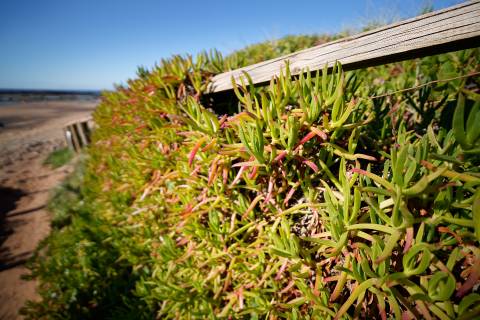 |
| Make | SONY |
| Model | ILCE-7RM5 |
| ISO Speed | 200 |
| Focal Length | 16.0mm |
| Aperture: | f/1.8 |
| Exposure | 1/8000s |
 |
| Make | SONY |
| Model | ILCE-7RM5 |
| ISO Speed | 200 |
| Focal Length | 16.0mm |
| Aperture: | f/11.0 |
| Exposure | 1/800s |
 |
| Make | SONY |
| Model | ILCE-7RM5 |
| ISO Speed | 200 |
| Focal Length | 16.0mm |
| Aperture: | f/11.0 |
| Exposure | 1/250s |
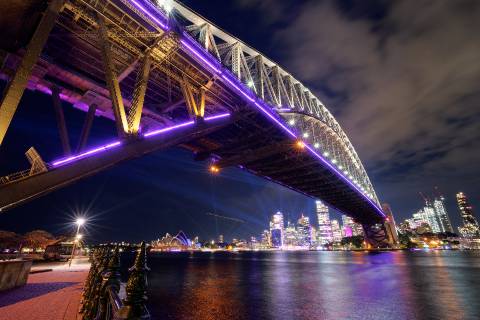 |
| Make | SONY |
| Model | ILCE-7RM5 |
| ISO Speed | 640 |
| Focal Length | 16.0mm |
| Aperture: | f/11.0 |
| Exposure | 10.0s |
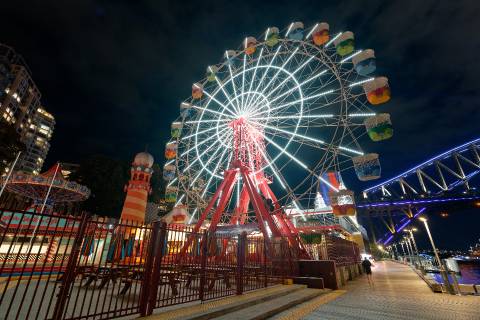 |
| Make | SONY |
| Model | ILCE-7RM5 |
| ISO Speed | 640 |
| Focal Length | 16.0mm |
| Aperture: | f/4.0 |
| Exposure | 0.5s |
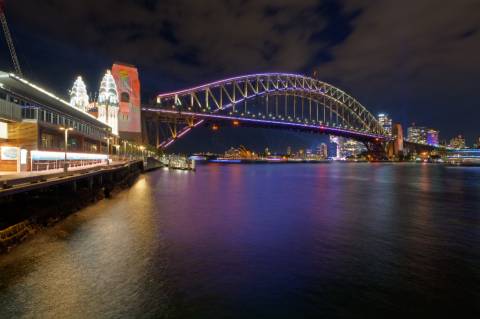 |
| Make | SONY |
| Model | ILCE-7RM5 |
| ISO Speed | 160 |
| Focal Length | 16.0mm |
| Aperture: | f/11.0 |
| Exposure | 15.0s |
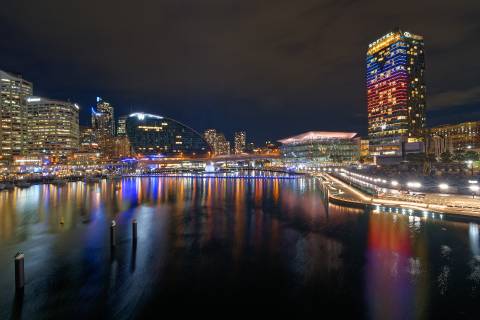 |
| Make | SONY |
| Model | ILCE-7RM5 |
| ISO Speed | 100 |
| Focal Length | 16.0mm |
| Aperture: | f/11.0 |
| Exposure | 20.0s |
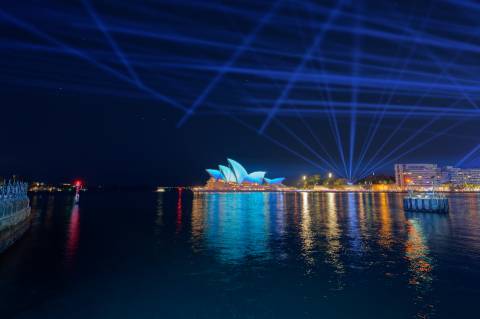 |
| Make | SONY |
| Model | ILCE-7RM5 |
| ISO Speed | 200 |
| Focal Length | 16.0mm |
| Aperture: | f/2.8 |
| Exposure | 5.0s |
 |
| Make | SONY |
| Model | ILCE-7RM5 |
| ISO Speed | 200 |
| Focal Length | 16.0mm |
| Aperture: | f/4.0 |
| Exposure | 1/100s |
 |
| Make | SONY |
| Model | ILCE-7RM5 |
| ISO Speed | 200 |
| Focal Length | 16.0mm |
| Aperture: | f/1.8 |
| Exposure | 1/250s |
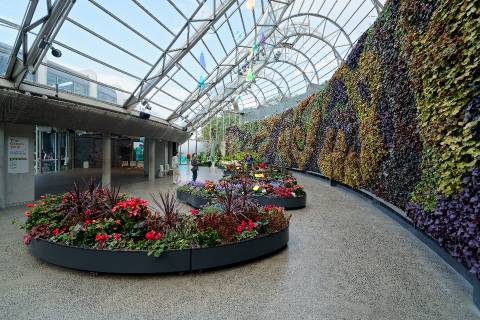 |
| Make | SONY |
| Model | ILCE-7RM5 |
| ISO Speed | 200 |
| Focal Length | 16.0mm |
| Aperture: | f/5.0 |
| Exposure | 1/125s |
 |
| Make | SONY |
| Model | ILCE-7RM5 |
| ISO Speed | 200 |
| Focal Length | 16.0mm |
| Aperture: | f/1.8 |
| Exposure | 1/8000s |
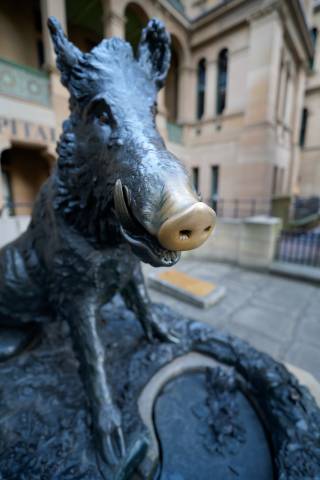 |
| Make | SONY |
| Model | ILCE-7RM5 |
| ISO Speed | 200 |
| Focal Length | 16.0mm |
| Aperture: | f/1.8 |
| Exposure | 1/160s |
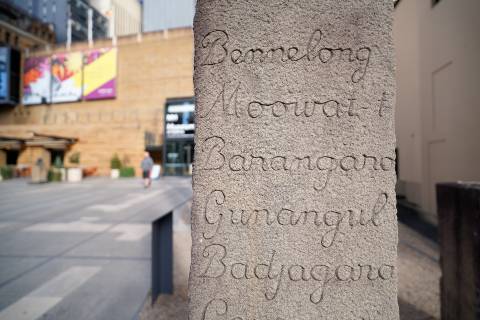 |
| Make | SONY |
| Model | ILCE-7RM5 |
| ISO Speed | 200 |
| Focal Length | 16.0mm |
| Aperture: | f/1.8 |
| Exposure | 1/1250s |
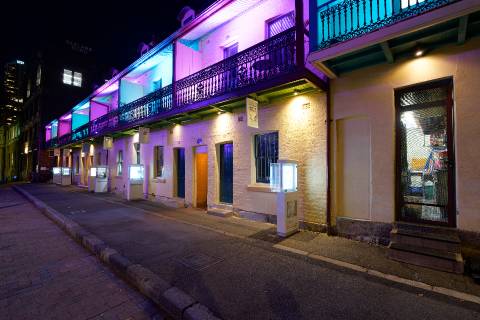 |
| Make | SONY |
| Model | ILCE-7RM5 |
| ISO Speed | 1600 |
| Focal Length | 16.0mm |
| Aperture: | f/5.6 |
| Exposure | 1/10s |
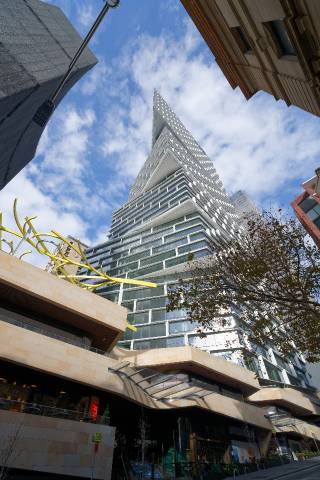 |
| Make | SONY |
| Model | ILCE-7RM5 |
| ISO Speed | 200 |
| Focal Length | 16.0mm |
| Aperture: | f/8.0 |
| Exposure | 1/400s |
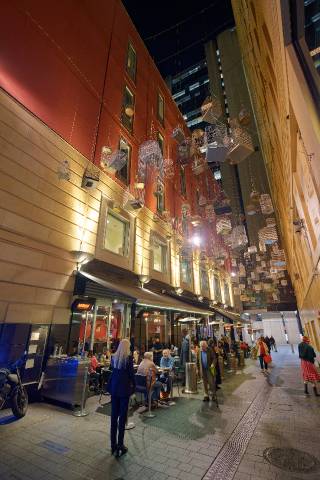 |
| Make | SONY |
| Model | ILCE-7RM5 |
| ISO Speed | 1600 |
| Focal Length | 16.0mm |
| Aperture: | f/2.8 |
| Exposure | 1/60s |
Competition
As of the time of the writing, there are 2 direct competitors to the Viltrox AF 16mm f/1.8 FE (shown to the left below). There is, of course, the Sony FE 14mm f/1.8 GM (center). Obviously, the Sony lens is somewhat wider still, and it's also a bit more compact. Optically, the two aren't miles apart. The Viltrox lens has a slight edge in terms of resolution, whereas the Sony lens is more flare resistant. Keep in mind, however, that the Sony FE 14mm f/1.8 GM is substantially more expensive, and it doesn't accept front filters. The latter is also true for the new Sigma 14mm f/1.4 DG DN ART (to the right). The Sigma lens is the speed demon in this class, but you are paying this with twice the weight. Unless you want to max out everything, it's probably a little bit over the top for most users.

Verdict
The Viltrox AF 16mm f/1.8 FE impressed us, to say the least. Ultra-wide lenses are already difficult to design, and high speed on top of this increases the related complexities substantially. Yet, the lens has performed surprisingly well both in our lab as well as during field sessions. The center performance is exceptionally high - most manufacturers manage to do this. However, the Viltrox lens is also capable of providing high-quality results in the outer image field. At f/1.8 and f/2.2, the image corners are already pretty good. At medium aperture settings, the borders/corners are boosted to very good levels - surpassing even the Sony FE 14mm f/1.8 GM here. The field curvature is also very moderate. Lateral CAs are low. Another almost baffling aspect is the near-absence of image distortions in RAW images. The vignetting is high at f/1.8 - more so in RAW images - although that's to be expected in this lens class. Auto-corrected images show a reasonably low light falloff from about f/2.8 onward. Viltrox also made progress with their lens coating - backlight is handled quite well.
The build quality of the Viltrox AF 16mm f/1.8 FE is very high, thanks to a dust-proof, all-metal construction with internal focusing. Viltrox kept the weight at a reasonable 550g. The lens also features higher-end goodies such as a dedicated aperture ring with a clickless mode option and custom buttons. Some users will also cheer the return of a distance scale via an LCD display. The STM AF is decently fast and noiseless. Video shooters will also appreciate the lack of focus breathing - once again, without any digital trickery.
Many users may still not be aware of Viltrox as a lens manufacturer, but they are becoming a force to be reckoned with. The AF 16mm f/1.8 FE leaves the Laowa 15mm f/2 far behind in the dust. It's a very serious alternative to Sony's own offering. And Viltrox managed this at a much lower price tag. Therefore - Highly Recommended!
Mechanical Quality:
★★★★★
|
|